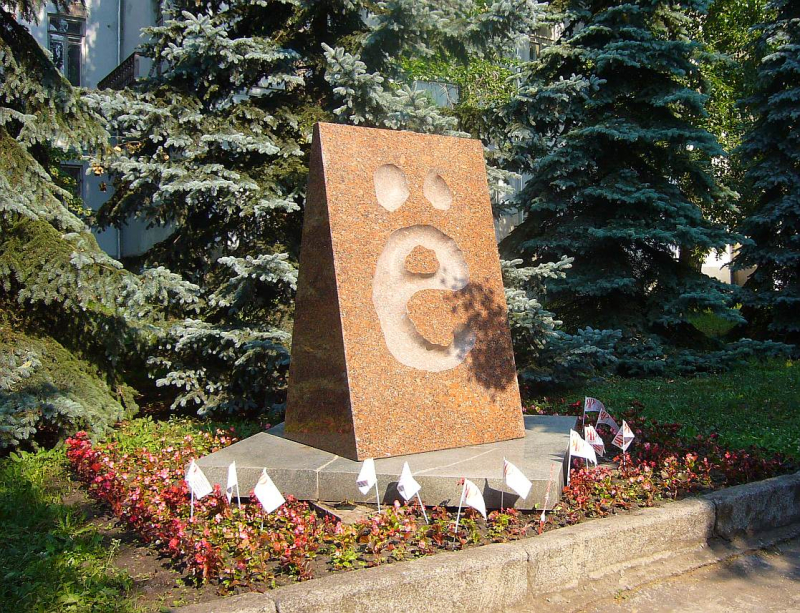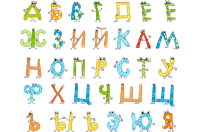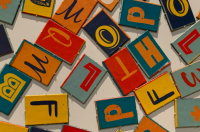How ё came about
In a nutshell, there was the sound, but not the letter. So, on November 29, 1783, princess Yekaterina Vorontsova-Dashkova, a close friend of Empress Catherine the Great, initiated the introduction of the new letter Ё/ё into the Russian alphabet. The initiative was supported by a group of influential figures, including the poet Gavriil Derzhavin. The letter first appeared in 1795 in a poem by Ivan Dmitriev and, a few years later, was hugely popularized by Nikolay Karamzin, often wrongly credited for its introduction.
As it turned out, the initiative fractured the society into two camps, the reasons being, among many others, the folksy nature of the sound and the associated writing and printing difficulties.
Rules
Nevertheless, a couple of centuries later, in the 1940s, the letter was finally recognized, with regulations for its use formulated in 1956. By and large, ё can be replaced by е unless it:
-
causes comprehension issues (все / vse – everyone; всё / vsyo – everything);
-
leads to mispronunciation (ё is always stressed as opposed to е), especially in less common words (such as names and toponyms);
-
appears in dictionaries, spelling guides, textbooks, and so on.
Ё today
With those regulations still in force, the letter, despite it all, remains neglected for the most part, especially in correspondence. Even though there were several attempts by the state to mandate its usage, specifically in proper names and school textbooks, the letter still isn’t obligatory – even being made optional in official documents since 2009 – and therefore might also cause issues with transliteration and, therefore, paperwork (Артем / Artem vs. Артём / Artyom) in addition to the abovementioned problems.
Interesting facts
-
The letter ё is the youngest letter in the Russian alphabet; its official “birthday” is November 29, 1783;
-
As of 2020, the Russian language contains an estimated 15,000 common words, 2,870 surnames, and 1,300 proper names with the letter ё in them;
-
There are a number of words that have two or even three letters ё in them, like трёхзвёздный / tryohzvyozdnyy (three-star) or Тёёлё / Tyoyolyo (Töölö);
-
On a standard RU keyboard, the letter ё is in the top left, right before the “1” key (or in a pop-up menu of the “е” key on your phone). This sort of isolation from other letters gave birth to a popular meme, which goes that if a person types the letter ё in their messages, they are capable of anything;
-
Another popular anecdote about ё is the phrase “В ближайшие дни страна передохнет от жары,” which can mean “In the coming days, the country will take a break / die off from the heat” depending on whether it’s ё or e in the word “передохнет”;
-
Interestingly enough, the alphabet’s youngest letter even has its own monument in Ulyanovsk, Russia, which depicts the exact letter Karamzin used in his work.




